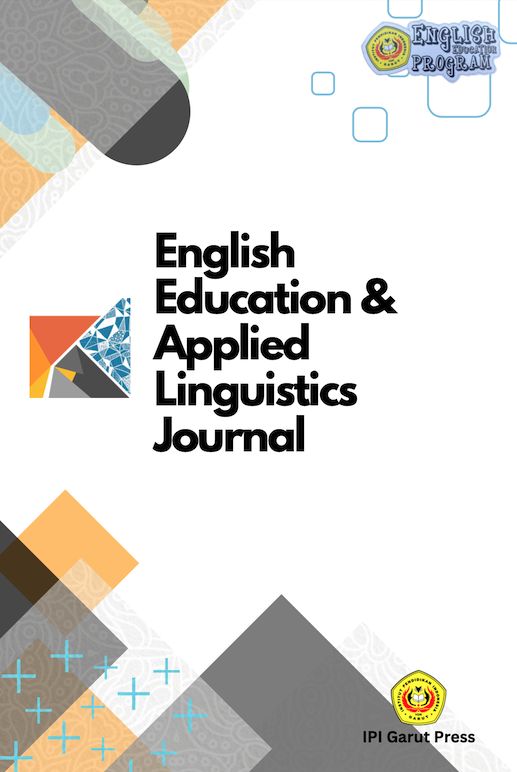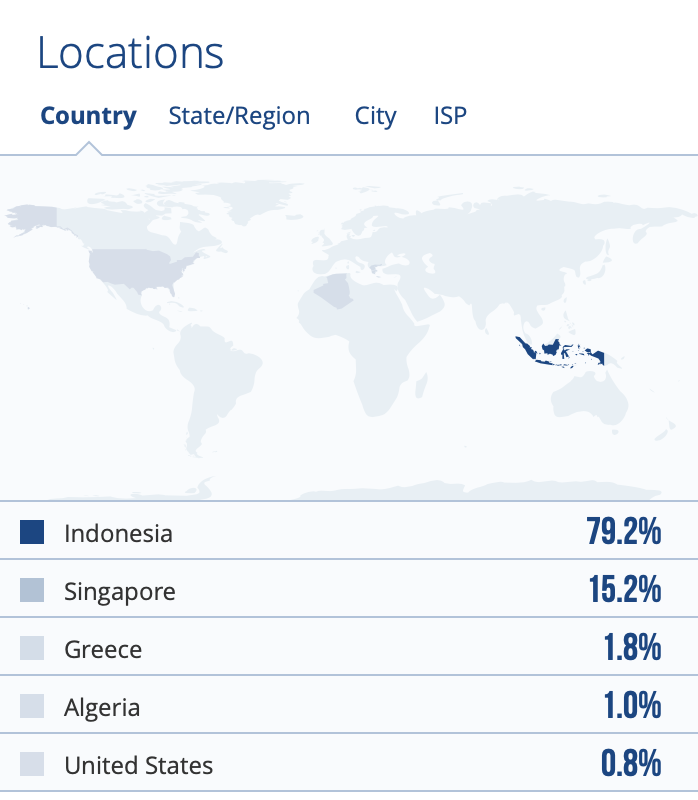SEEING HOW MULTIMODAL SOURCE ARE USED IN EFL CLASSROOM
DOI:
https://doi.org/10.31980/eeal.v6i2.50Keywords:
Systemic Functional Linguistics (SFL), Multimodality, Media, GestureAbstract
The use of body movements and facial expressions in learning English helps students interpret and express the meaning of words and sentences. By looking at the implementation of multimodal in English classrooms, this study provides important insights into the potential for using multimodal in enhancing English learning. Multimodality involving various types of media such as text, images, audio, and video will be analyzed in the context of three SFL dimensions, namely ideational, interpersonal, and textual dimensions and observing how teachers and students gain an understanding of how multimodal is used in contexts of language and meaning. The results of this research can provide valuable contributions to the development of more innovative and effective English curricula and teaching methods. English teachers can use these findings as guidelines in designing learning strategies that are more interesting and focus on students' needs. In addition, this research can also be a basis for further research on the use of multimodal in the context of learning English. This study aims to analyze the use of multimodal in learning English in the classroom. This research includes observing the use of multimodal at SMA Garut in English classes at level 10, as well as the use of multimodal in teaching English based on the Linguistic Functional System (SFL) theory.
References
Adams, D., Harris, A., & Jones, M. S. (2016). Teacher-Parent Collaboration for an Inclusive Classroom : Success for Every. 4(3), 58–72.
Halliday, M. A. K., & Mattiessan, C. (2004). An Introduction to Functional Grammar, 3rded. Arnold.
Joyce, H., & Feez, S. (2013). USING AUTHENTIC MATERIALS TO IMPROVE READING.
Lim-fei, V., Tan, S., & Yin, K. (2017). Multimodal Translational Research: Teaching Visual Texts. New Studies in Multimodality : Conceptual and Methodological Elaborations, January. https://doi.org/10.5040/9781350026544.0014
Thuy, T. T. H. (2017). Reading Images - the Grammar of Visual Design. VNU Journal of Foreign Studies, 33(6). https://doi.org/10.25073/2525-2445/vnufs.4217
Ye, R. (2002). The Interpersonal Metafunction Analysis of Barack Obama’s. English Language Teaching, 146(www.ccsenet.org/elt).
Yusuf, N. F., & Novita, E. O. (2020). EFL Teachers’ Perceived Language Proficiency and Teaching Effectiveness.
Downloads
Published
How to Cite
Issue
Section
License
Copyright (c) 2024 English Education and Applied Linguistics Journal (EEAL Journal)

This work is licensed under a Creative Commons Attribution-NonCommercial-ShareAlike 4.0 International License.






